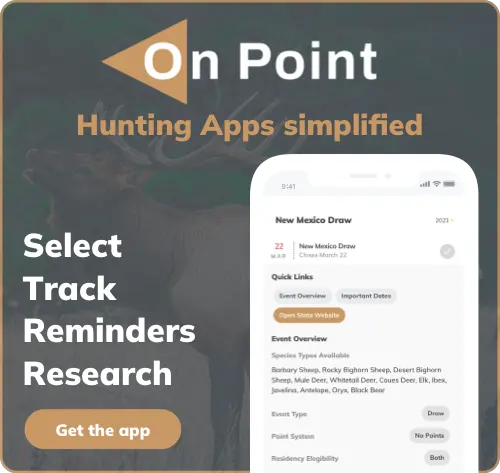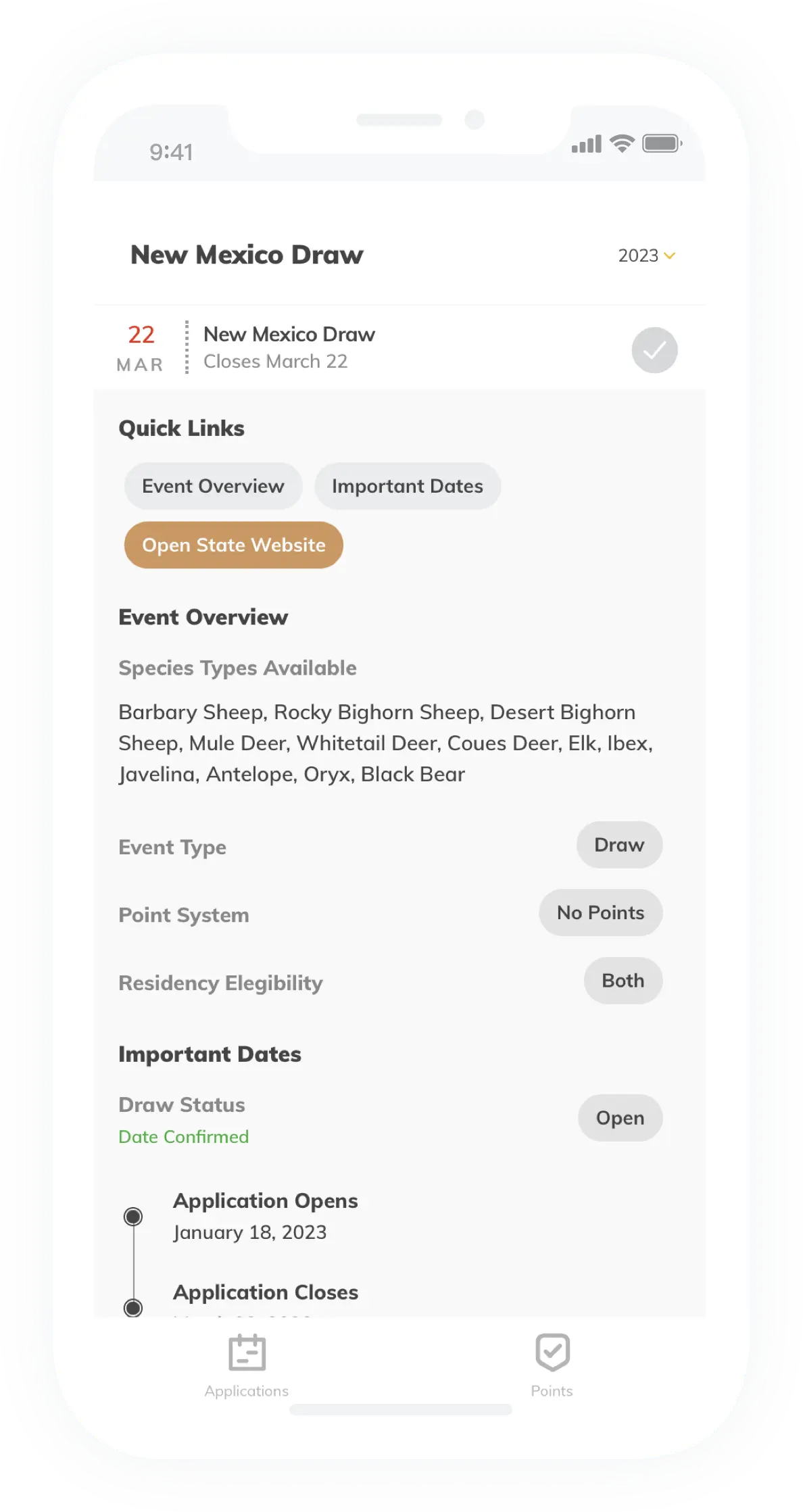Wisconsin Elk Hunting and Application 2025
Important Note: The 2025 Wisconsin Elk Draw details have not yet been finalized. All dates are tentative until confirmed by the Wisconsin DNR. We will update this article once dates are available. You can track this application in the OnPoint Hunts app to get updates once dates are finalized, available on Web, Apple App Store or Google Play Store.
Wisconsin Elk Hunting Overview
Wisconsin’s elk population once faced elimination due to overhunting but has successfully returned through restoration efforts spanning from 1995 to 2019. The success of these efforts culminated in the state’s ability to sustain an elk harvest by 2018. This resulted in the initiation of managed elk hunts, creating an exclusive opportunity for residents. Below, we delve into the essential details of elk hunting in Wisconsin, covering its history, application process, costs, and much more.
Wisconsin Elk Hunting Eligibility
The opportunity to apply for an elk hunt in Wisconsin is currently only available to state residents. It is a once-in-a-lifetime opportunity, meaning successful applicants cannot apply in future draws, unless state regulations change. While currently limited to residents only, statutes indicate that nonresidents would be eligible if tag quotas were over 100. However to date quotas remain far below that level.
Key Dates – When is the Wisconsin Elk Hunting Draw?
The 2025 Wisconsin Elk Hunt Application Period tentatively opens on April 10th, and closes March 31st at 11:59PM CT. Draw results are anticipated in June. You can start tracking draw deadlines in the OnPoint app to never miss an application, available on Web, Apple App Store or Google Play Store.
Application Process, Requirements, and Cost
Applicants can apply online via their Wisconsin DNR Go Wild account or at a licensed agent location. The application fee for the elk hunt is set at $10, and no existing hunting licenses are required to submit and application. Successful applicants will later purchase an elk hunting license for $49, following mandatory orientation.
Draw Process
The draw, typically held in June, randomly selects Wisconsin residents for elk hunting tags. There is not point system associated with the application, so every applicant has an equal chance of selection.
Tag Quotas
Tag quotas are usually very low, in the single or low double digits. With the large number of applicants this puts draw odds very low. The Department of Natural Resources sets an annual harvest quota based on recommendations from the Elk Advisory Committee. Notably, up to 50% of the Clam Lake Elk Range tags are available to Ojibwe tribes, honoring treaty rights, with the remainder available to resident hunters through a random draw.



